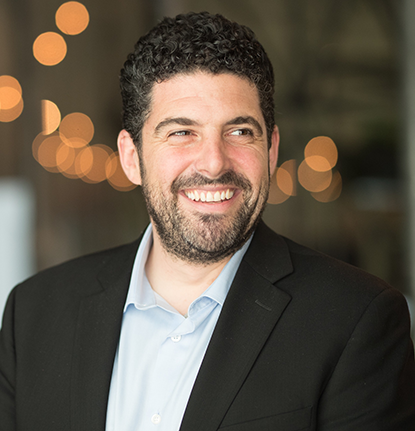Chris Varley defines innovation simply: “Innovation is a non-obvious solution to a problem that once it takes hold in the marketplace, it not only becomes obvious, it becomes the new standard.” Varley cites the innovation of automobiles. The problem of a faster, more reliable form of transportation existed, but until the automobile took a firm hold on the marketplace, it was not the standard. Now most Americans would not know how to live day-to-day without at least one or two cars per family!
But innovation is not the same thing as transformation. He references the many transformations that occurred as a result of the innovation in the automobile industry – from roads being paved to homes being built further away. Transformations are dependent on innovation; they cannot stand alone. “Transformation is when a host of innovations that are interlinked begin to happen together, ” Varley says. Transformations naturally result when a truly new innovative idea, service, or product hits the market. Innovation is the goal of companies that want to successfully stand the test of time.
So, what do you need to start innovation? People. “You can’t innovate in a vacuum. It has to involve individuals and people coming together around the idea to make it truly take hold,” he explains. This is true inside and outside of a company. “The first thing you need to do if you want to think about innovating within your company is that you have to see how you are viewed from the outside.” Understand how the public views your company, and then see how closely that correlates to your mission. If public perception of aspects of your company are unknown, innovation can help generate growth! “The innovation strategy is around experimentation, quickly and at low cost.” Investing millions into innovation does not make it more or less successful. Pay close attention to how the world interacts with the industry you are in. “The marketplace will tell you when it’s time to pivot.”
Setting realistic expectations for innovation are important, however. “The biggest challenge is that none of these things are going to happen overnight,” he states. There are many small changes, conversations, and trial and error sessions behind the scenes that occur before an innovation is ready to hit the market. And once an innovation has taken hold, there is really no time to relax. “It’s a continuous process,” Varley states. Almost as quickly as one innovation hits the market, it may be time to start doing some R&D for the next one!
Contributor
-

Seth Adler heads up All Things Insights & All Things Innovation. He has spent his career bringing people together around content. He has a dynamic background producing events, podcasts, video, and the written word.
View all posts













































































































































































































